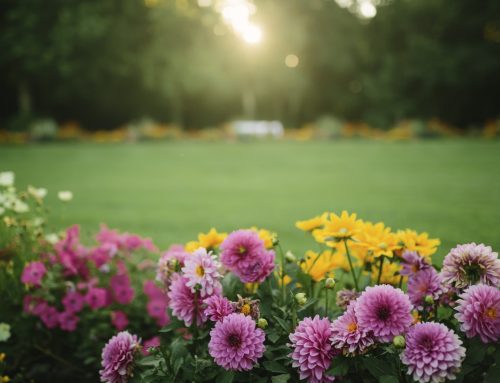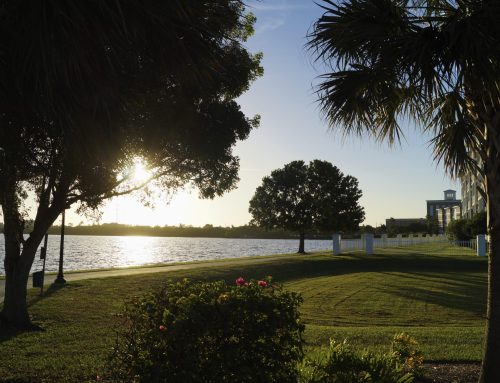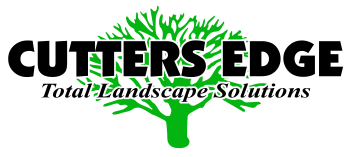An even hotter summer may be on the way for South Florida, forcing us to crank up the air conditioner, and irrigate more, as a 10-year warming trend continues according to a federal rainy season report. The rainy season officially runs from May 15th to October 15th, a period when storms routinely sweep over South Florida. However, high temperatures and clear sunny skies are also common. Cities’ temperatures naturally rise through what’s called the “urban heat island” effect. This occurs when asphalt, metal and other materials of roads and buildings absorb heat from direct sunlight, and lack the moisture and shade of the forested or grassy areas they replaced.
Although South Florida temperatures never approach the hottest days of southern Texas or New Mexico, days in the 90s can bring deadly hazards – especially for your landscape.
So what do the hotter temperatures mean for your lawn? Should you irrigate more? Less? How often? Keep reading to find out some of the best tips to efficiently and effectively hydrate your landscape without breaking the bank with an outrageous water bill.
Simple Steps, Big Savings
Check for broken, leaking, blocked or misdirected heads. These not only waste water and cause runoff, but they can also cause problems with uneven watering.
Avoid Excessive Watering
Don’t water your landscape if you’ve received at least ½ inch of rain. Central Florida typically receives between 46″ – 56″ of rain per year. During those wet summer and cool winter months, you often need little or no supplemental watering.
Upgrade to a Smart Irrigation System
For even better water savings, upgrade to “smart irrigation technology” like a soil moisture sensor (SMS). When properly installed and calibrated, these sensors give the irrigation controller real-time information about soil conditions and let it “decide” if your landscape needs water!
Check Your Sprinkler Controller
Periodically check sprinkler controller programming for duplicate programs, multiple start-times, excessive run-times or other mechanical malfunctions. These issues are easy to overlook, but can easily cause water consumption to double, triple, or worse…
Pro-Tip: Timing
The best time to irrigate is in the early morning hours, between 4 and 8 a.m. Since there’s less wind and sun in those early dawn hours, you’ll lose less water to evaporation. That means more water landing where you want it – at the roots.
Making sure your irrigation system is running properly can be very time consuming. If you don’t really understand your irrigation system, it can also become a challenging task.
For commercial properties in the city where temperatures are even higher, maintaining an efficient irrigation system is crucial to staying on budget. For residential communities or more suburban areas with bigger landscapes, sustaining green grass all year long with the appropriate irrigation can mean huge savings for residents or property management companies.
Fortunately, at Cutters Edge Pro we have a team of capable irrigation experts ready to help you save money on your water bill while keeping your landscape looking neat. We use state-of-the-art equipment and the latest irrigation technology to ensure the best and more efficient irrigation. From emergency repairs, installation of pumps & clocks, system revamps and New Installations, switch from city water to lake or well-water to monthly maintenance plans, our team is trained in all phases of irrigation.
Contact us today to schedule your work order or to get a free estimate.
Call 954-472-0622 Now to schedule your work order





